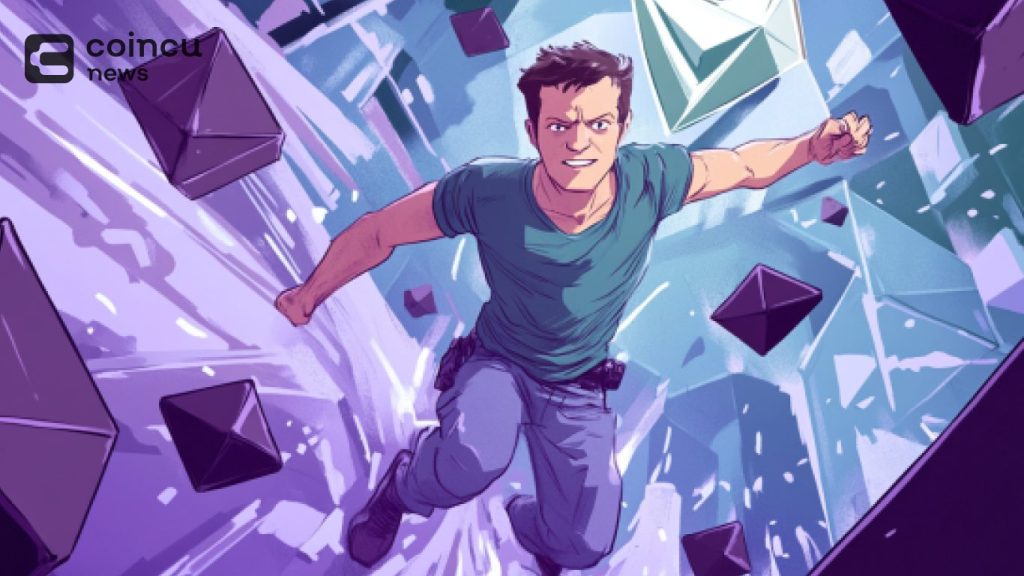Key Points:
Vitalik proposes enhancing Ethereum upgrade efficiency by confirming blocks in just one slot, speeding up transactions and improving overall network performance.
By lowering the staking threshold to 1 ETH, Buterin aims to make staking more accessible, encourage wider participation, and strengthen network security.
In a recent article, Ethereum co-founder Vitalik Buterin discussed ways to improve the Proof of Stake mechanism underlying the Ethereum upgrades.

Enhancing Efficiency with Single-Slot Finality for Ethereum
On a constantly changing road of cryptocurrencies, Buterin named two targets that would significantly impact making the network more efficient and user-friendly: single-slot finality and democratization of staking.
Single-slot finality confirms the blocks in one slot, resulting in more incredible speed and a reduction in forking. This enhancement will go a long way in improving the user experience and confidence in the network and shall enable quicker confirmations with better scalability. Buterin quickly indicated that Ethereum needs this achievement to retain its competitive advantage in the blockchain market.
Read more: Ethereum Founder Vitalik Buterin Makes Over $600,000 Profit in Meme Coins
Proposed Solutions for a Stronger Ethereum Network
Another vital proposal he has is the democratization of staking, where the threshold for staking goes down to 1 ETH. Presently, the minimum threshold for staking is so high that it creates a bottleneck for many prospective participants. With more access to staking, he would want to see more participation in the network, allowing users to contribute further to Ethereum upgrades’s security and stability.
Buterin pointed out three possible solutions to achieve these ambitious goals. There are three major improvement proposals: first, the Signature Aggregation protocol, which will be more efficient in aggregating the signature in the transaction; second is introducing Ethereum upgrades the Orbit committee mechanism that would enforce the validator selection process for the maximal decentralization approach. Last but not least, the two-tier staking system allows participation at different levels, and users will be free to choose their form of involvement according to their resources and risk tolerance.
Visited 12 times, 12 visit(s) today



















